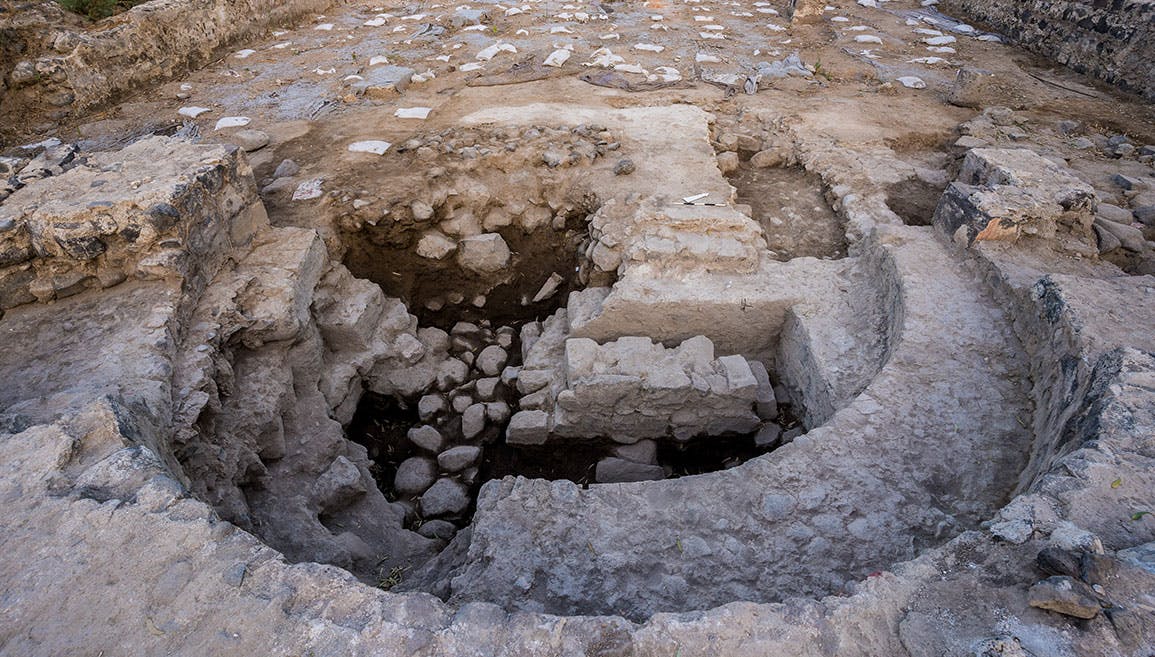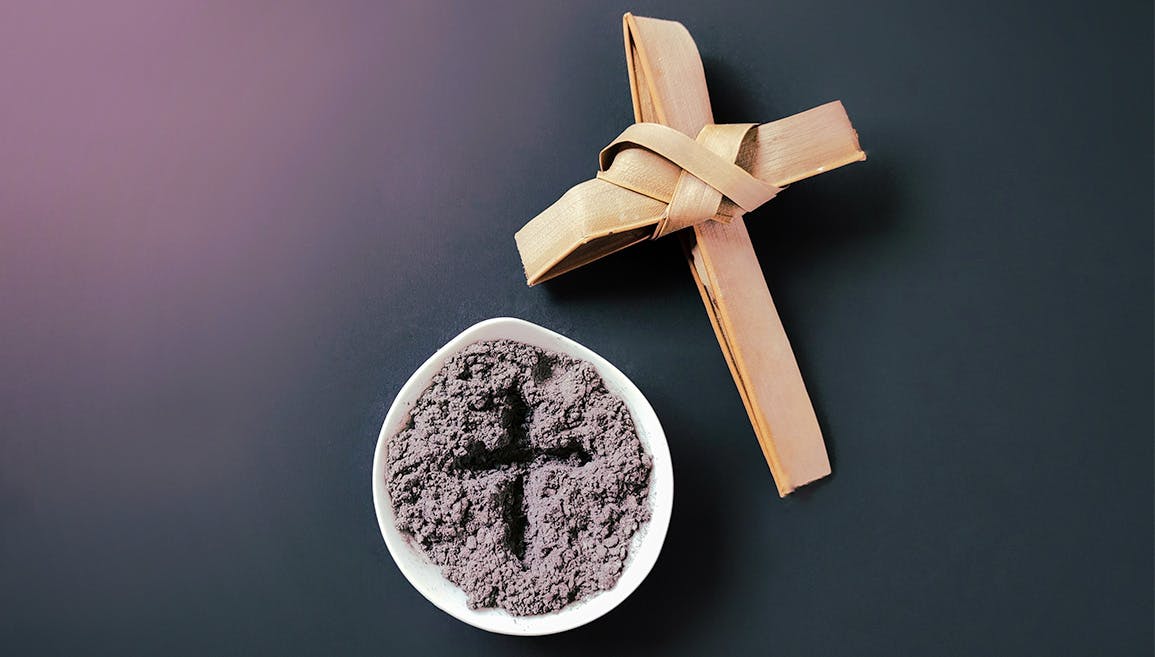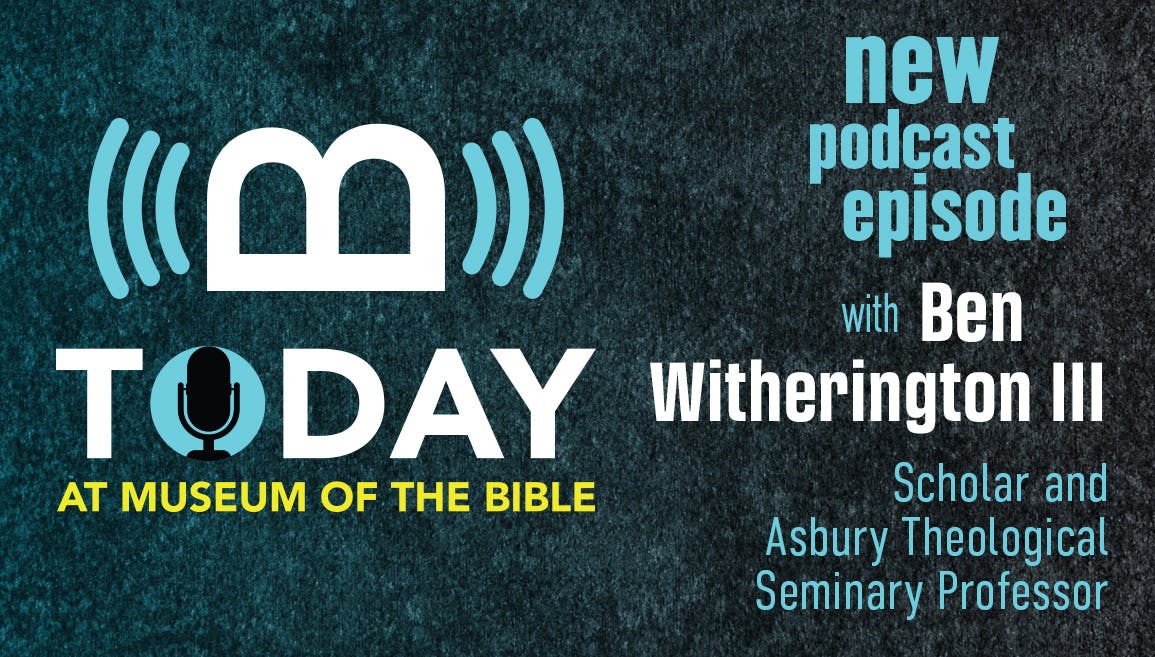Updates from the Field: El-Araj with Dr. R. Steven Notley

Museum of the Bible sponsors two archaeological digs in the land of Israel: the Tel Shimron Excavations and the El-Araj Excavation Project. Updates about each site are shared periodically by the lead excavators. The following is an interview by our director of Scholars Initiative, Dr. Robert Duke, with Dr. R. Steven Notley, academic director of the El-Araj Excavation Project, who shares about the excavation project in el-Araj.
The updates about the Tel Shimron excavations are included in our interview Dr. Daniel Master, co-director of the Tel Shimron Excavations, which you can find here.
Where is the site of el-Araj?
El-Araj is located on the northeast shore of the Sea of Galilee, just beyond the estuary of the Jordan River. In the Gospels, typically, it is the destination for Jesus’s travels when it says he went to “the other side.”
Why is it an important site to excavate?
It was the home of at least three of Jesus’s apostles (Peter, Andrew, Philip) and the location of several miracles—the healing of the blind man in Mark 8:22 and the feeding of the multitudes in Luke 9:10–17. It is also the location of a well-known battle in the Jewish revolt against Rome. Josephus, the Jewish historian, was leading troops into battle on the Bethsaida plain against the mercenaries of King Agrippa II. It was in this battle that he was injured when his horse fell. It is also the home of several famous Jewish sages known in rabbinic literature. Thus, it is a setting that is important both for Jewish and Christian history.

Figure 1: Two walls set perpendicular to one another beneath the apse of a Byzantine church. One of the walls dates to the first century AD, while the second dates to the second or third century AD.
What is the most significant find from the recent dig season?
Two items found this summer gained significant attention. During the summer session, we found a Roman-period inkwell. These are very rare. What made this one of added significance is that it was found in the house of a fisherman. We know this because also in the house were found scores of lead fishing weights. In autumn, we excavated below the apse of the Byzantine church. The church was renowned in the Byzantine period for being built over the house of Peter.

Figure 2: Close up of the mosaic floor of the apse of a Byzantine church, which was carefully removed to allow for excavation of the lower levels.
We wanted to see if there were early Roman houses under the apse. In the excavation, we found that a Roman period wall had been “boxed in” to preserve it, likely under the belief that it was the home of Peter. This wall dated to the 2–3 centuries CE. However, a bit lower and perpendicular to this wall was another wall dated to the first century. When they were building the church, they may not have known that there was another wall that had been covered with dirt that dated to the time of Peter.

Figure 3: Close-up of the two walls. The lower wall to the left dates to the first century AD. The wall running perpendicular from it to the right dates to the second or third century AD.
How does this site help us know more about the world of the Bible?
The finds shed light on the material culture at the time of the New Testament. Thus far, this includes implements used for fishing and agriculture. In addition, we have lamps that date from the first century BC to the Byzantine period. Of particular note are the knife-pared lamps, often called “Herodian lamps.” These were only made in Jerusalem prior to AD 70. Finding them on our site indicates that there were those who traveled to Jerusalem in the first century from Bethsaida and brought back these lamps that they purchased in the holy city.
What is the goal for 2024?
The following are our overall goals for the next three years. (Of course, archaeology is full of surprises. So, these aims may need to be adjusted in time.)
Area A: The church and monastery. We still need to identify the framework of the monastery and its bathhouse during 2024. We will also continue to search for the Roman-period bathhouse, portions of which were found in 2017.

Figure 4: Measuring and preparing the Byzantine mosaic for careful removal.
Area D: We will continue uncovering the private dwellings from the Roman period in an attempt to identify the earlier layers from the first century.
Area E: We will open a new area, north of area D. There is a small hill in this otherwise flat area which may contain a large (public?) structure. If so, it likely belonged to the Roman polis of Julias.
Area F: We need to identify the limits of the settlement to the west. In order to do so, we will search for the remains of houses and determine their dating.
What are ways people can get involved with your dig?
First, pray for our efforts. Second, apply to participate in a dig session. The link for the application can be found on the dig website: https://www.elarajexcavations.com.


